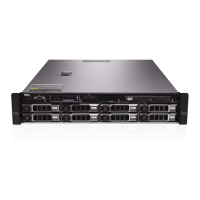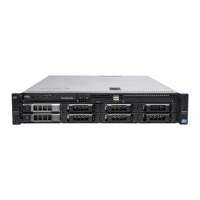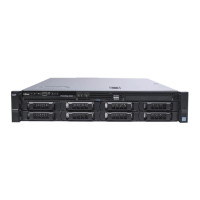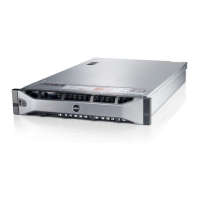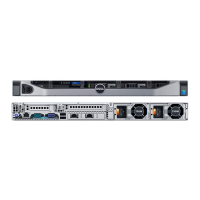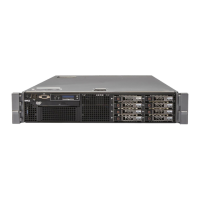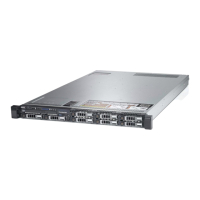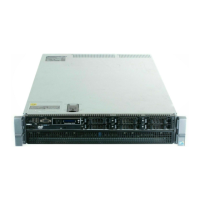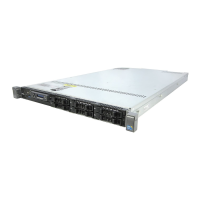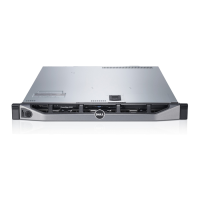190 Running the System Diagnostics
• Display, print, or save test results
• Temporarily suspend testing if an error is detected or terminate testing
when a user-defined error limit is reached
• View help messages that briefly describe each test and its parameters
• View status messages that inform you if tests are completed successfully
• View error messages that inform you of problems encountered
during testing
When to Use the Embedded System Diagnostics
If a major component or device in the system does not operate properly,
component failure may be indicated. As long as the processor and the
system's input/output devices are functioning, you can use the system
diagnostics to help identify the problem.
Running the Embedded System Diagnostics
You can run the embedded system diagnostics program from the USC main
screen.
CAUTION: Use the system diagnostics to test only your system. Using this
program with other systems may cause invalid results or error messages.
1
As the system boots, press <F10> to start the controller.
2
Click
Diagnostics
in the left pane and click
Launch Diagnostics
in
the right pane.
The Diagnostics menu allows you to run all or specific diagnostics tests
or to exit.
book.book Page 190 Friday, November 20, 2009 2:56 PM
